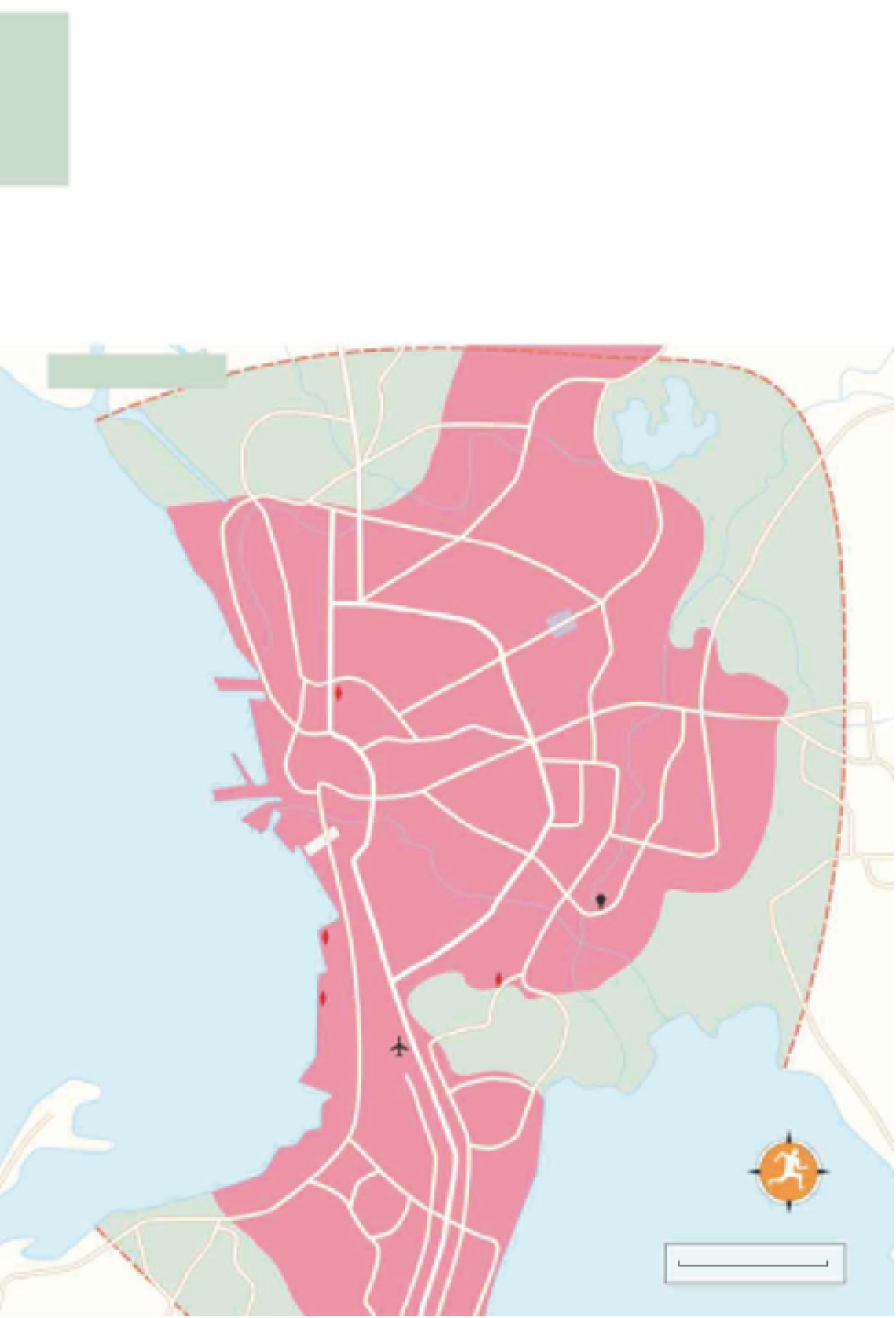Travel Reference
In-Depth Information
1
Spanish Manila
The village of
Maynila
fell under
Spanish rule
in 1571 when Miguel López de Legazpi
defeated the local ruler Rajah Sulaiman II and established the colony of Manila.
Spanish Augustinian and Franciscan
missionaries
subsequently established themselves
in villages around the city. The Jesuits arrived in 1581 and set up more missions,
forming outlying centres of population - embryonic settlements that became the
sixteen cities of today. Manila's central location on the biggest island, Luzon, made it
the obvious choice as the
colonial capital
, and it became the hub from which the
Spaniards effected the political, cultural and religious transformation of Philippine
society. From 1571 until 1815 (when it was ended by the Mexican War of
Independence), Manila prospered from the
galleon trade
while the rest of the country
remained economically stagnant. At 7pm on June 3, 1863, a catastrophic
earthquake
struck and large areas of the city crumbled, burying hundreds in the ruins. The new
MANILA
La Mesa
Reservoir
VALENZUELA
VMALABON
QUEZON CITY
NAVOTAS
University of the
Philippines
CALOOCAN CITY
Chinese
Cemetery
SAMPALOC
BINONDO
INTRAMUROS
Manila Bay
MARIKINA
Rizal
Park
ORTIGAS
ERMITA
MALATE
MANDALUYONG
Marikina
Shoe Museum
MAKATI
PASAY CITY
PASIG
Cultural Center
of the Philippines
FORT BONIFACIO
Manila American
Cemetery & Memorial
TAGUIG
Mall of Asia
Ninoy Aquino
International
Airport
ĆAVITE
CITY
N
Laguna de
Bay
LAS PIÑAS
KAWIT
0
5
kilometres
































